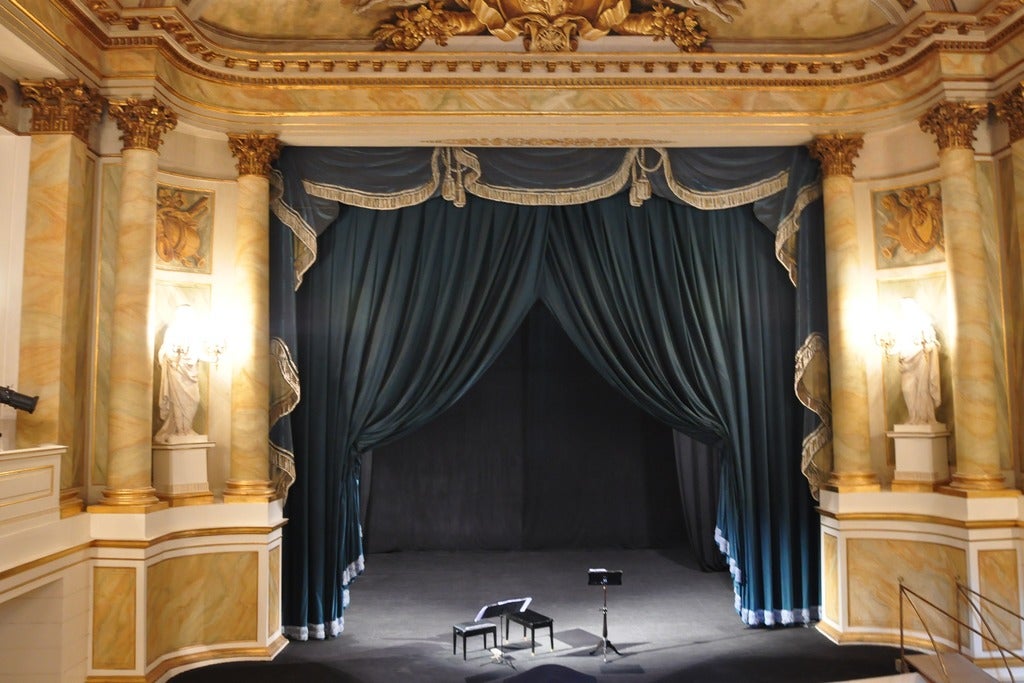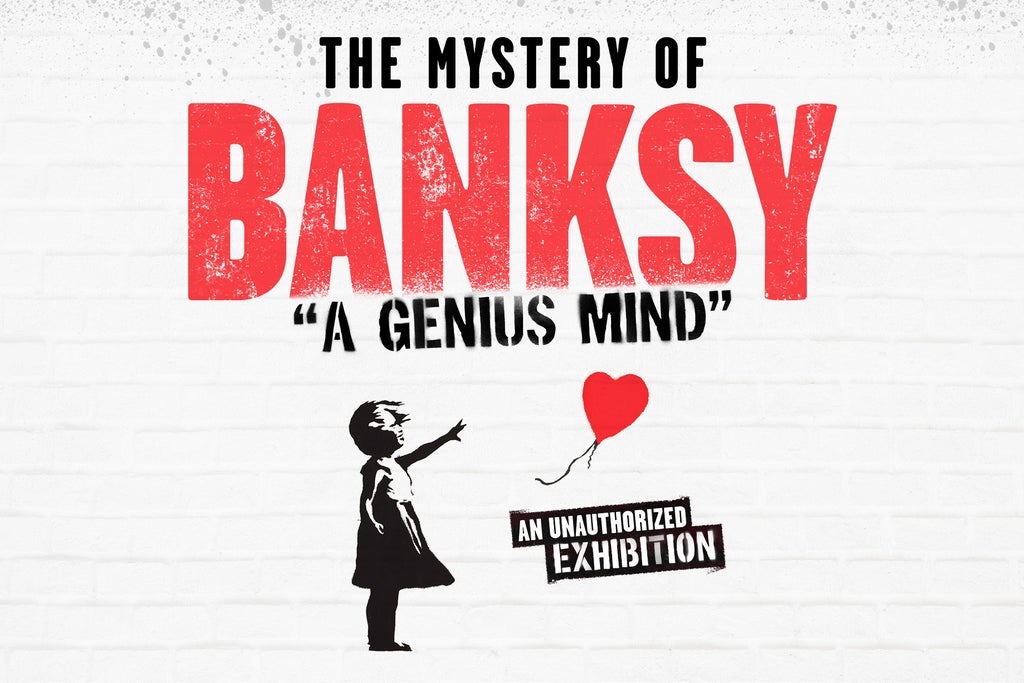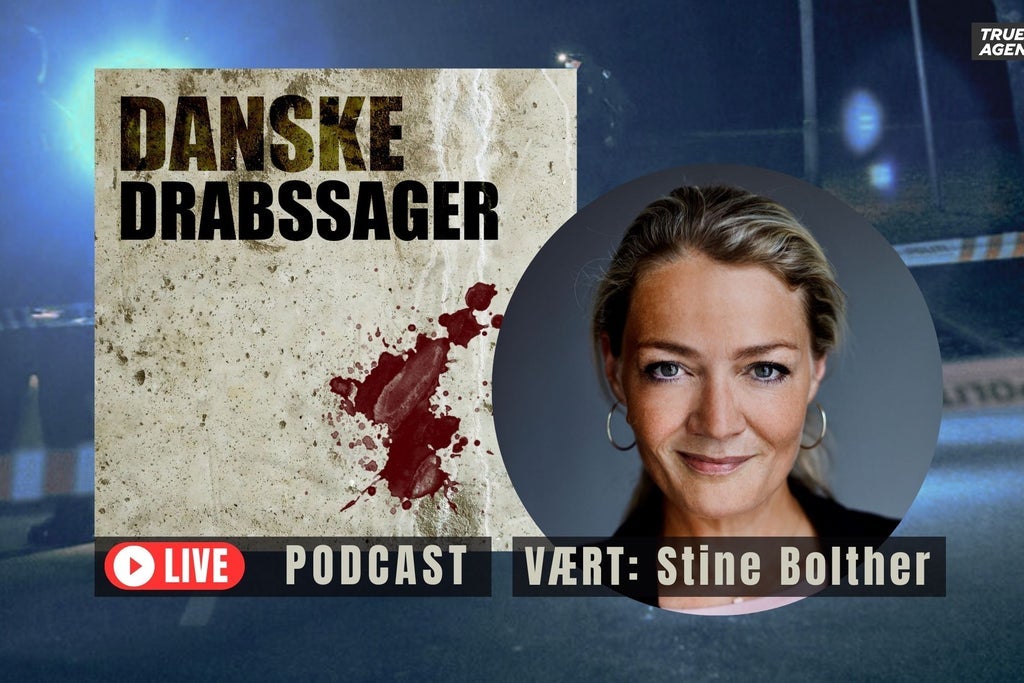There is perhaps nothing more straightforward than La Bohème: a young man and a young woman meet, fall in love, are separated by life and then reunited again before the ultimate separation. It happens in Paris, an eternally Bohemian Paris, as legendary as it is real. Out of this simplicity springs something supernatural: an irrepressible and ever-new emotion. Puccini filled La Bohème with unforgettable images: Mimi, muse-like, entering the poet’s room, a candle in her hand… the lover’s moonlight duet, the brightly lit grand café, the impossible farewells in the freezing morning, and finally, death on a shabby bed. But these places are just as equally realms within ourselves: his café Momus is the very whirlwind of existence, his Barrière d’Enfer is the frightening barrenness of the heart: La Bohème evokes the things which haunt us all: the love which blazes and transports us to heaven, the fleeting nature of youth, and all-destroying time. In 1896, Puccini still had numerous masterpieces ahead of him. But arguably he would never again achieve the clarity and splendour of melody whose every phrase touches us and is engraved in our hearts from the moment we first hear it.
Cast and Creative team for La Bohème at Opéra national de Paris - Opéra Bastille
Jonathan Miller Stage Director
Dante Ferretti Sets
Gabriella Pescucci Costumes
Guido Levi Lighting
Alessandro Di Stefano Chorus Master
Maria Agresta (A) (15 to 24 March) / Angela Gheorghiu (A) (27 March to 11 Apr.) / Anita Hartig (B) Mimi
Brigitta Kele (A) / Elena Tsallagova (B) Musetta
Stefano Secco (A) (15 to 24 March) / Piotr Beczala (A) (27 March to 11 Apr.) / Massimo Giordano (B) Rodolfo
Ludovic Tézier Marcello
Igor Gnidii (A) / Lionel Lhote (B) Schaunard
Ante Jerkunica (A) / Nahuel Di Pierro (B) Colline
Matteo Peirone Benoît
Antoine Normand Alcindoro
Paris Opera Orchestra and Chorus
Videos

|
The Music of Hans Zimmer & Others
Maihaugsalen (11/19 - 11/19) | |

|
Derfor skaber du dit eget liv - med baggrund i kvantefysikken
Sønderborghus (5/14 - 5/14) | |

|
LE BRACELET
GARE DU MIDI (5/3 - 5/3) | |

|
KAVI esittää: Andrzej Wajda: SUKUPOLVI
Studio, Kulttuuritalo Valve (3/18 - 3/18) | |

|
LES CHATOUILLES
LA PEPINIERE THEATRE (2/4 - 4/26) | |

|
The Mystery of Banksy
Art Maze (5/16 - 9/21) | |

|
Danske Drabssager - en aften med eksperterne
Magasinet (10/6 - 10/6) | |
| VIEW SHOWS ADD A SHOW | ||
Recommended For You


